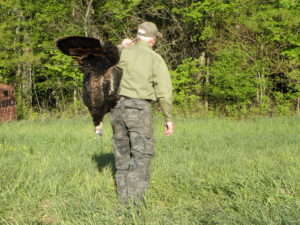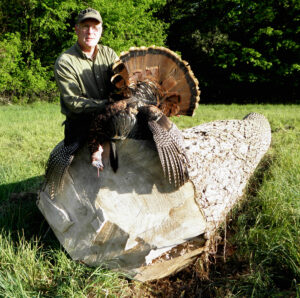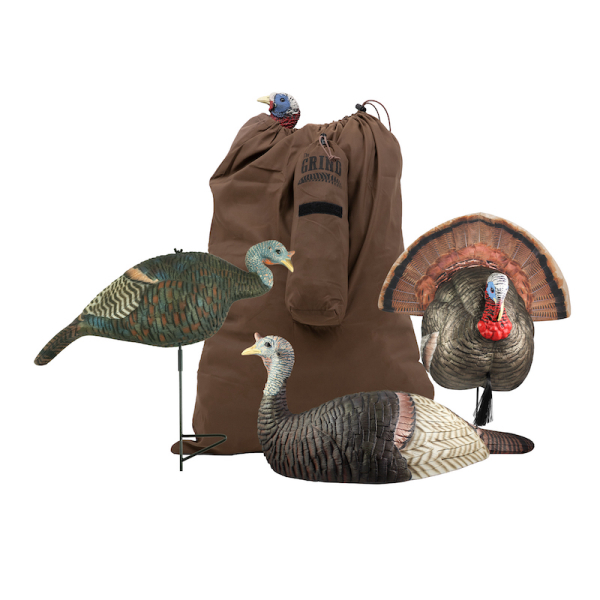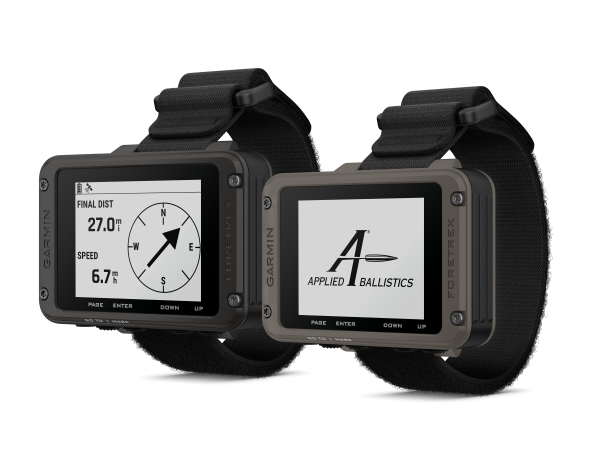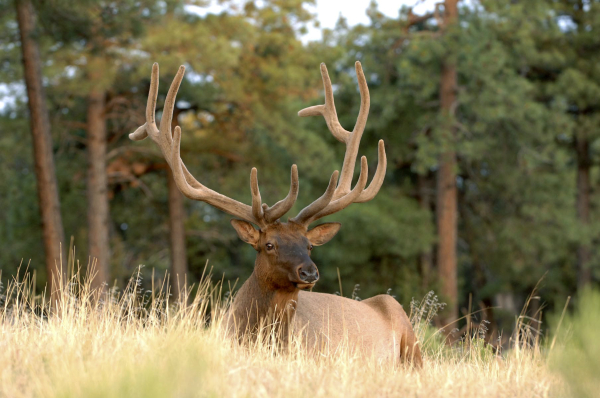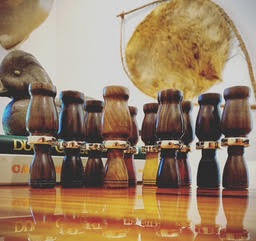Turkeys For Tomorrow Launches Chapters in Five States
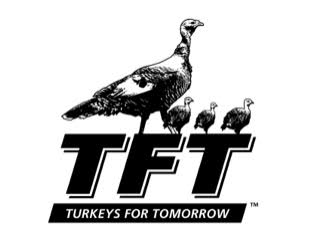
AUBURN, Ala. — Turkeys For Tomorrow has launched seven chapters in five states, while momentum behind its mission continues to grow.
Turkeys For Tomorrow was founded two years ago to address the nationwide decline in wild turkey numbers. Its work supports academic research to precisely define the problem, and it helps hunters and land managers learn how they can be a key part of the solution. This two- pronged approach is giving land managers and policymakers the tools they need for the future, while applying common-sense tactics to help populations right away.
“Research and direct action are both needed,” said Dan Braman, co-chairman of the board for TFT. “While research takes time, there are common sense actions we can take today. If we do our part to improve turkey habitat and create a more balanced population of predators, turkeys’ survival numbers will go up.”
Hunters are responding to the need by joining TFT and taking part in events. Pete Daugherty, TFT’s Director of Outreach, has seen the group’s membership grow to represent nearly every state in the union. He has fielded serious inquiries from motivated hunters in 21 states seeking to launch chapters and host events. Deliberate, responsible growth of the organization is a key part of ensuring a bright future for wild turkeys, and TFT’s chapter program is being developed with caution and care.
“Hunters everywhere have already seen the problem for themselves,” Daugherty said. “They led the restoration of the wild turkey decades ago, and they’re ready to do it again. They know if they don’t do it, it won’t happen.” Read more

